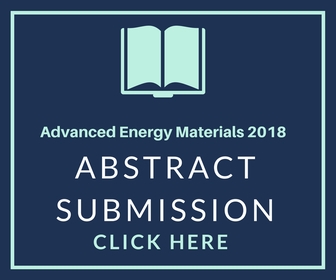Akira Ishibashi
Hokkaido University, Japan
Title: Multi-striped orthogonal photon-photocarrier-propagation solar cells (MOP3SCs) with new asymmetric redirection waveguides
Biography
Biography: Akira Ishibashi
Abstract
In orthogonal photon-photo carrier propagation solar cell (MOP3SC), photons propagate in the direction orthogonal to that of the photo carriers. Photons being absorbed in the direction vertical to that of the carrier drift/diffusion, trade-off between photon absorption and carrier collection can be lifted. We can set the stripe-width large enough to absorb all the photons keeping the distance between the p/n electrode distance (= semiconductors layer thickness) short enough to allow most of photo carriers to reach out to the contact metals. Further, by placing those multiple semiconductor stripes, neighboring to each other, with different band-gaps in such an order that the incoming photons first encounter the widest gap semiconductor, then medium-gap ones, and the narrowest at last, we can convert the whole solar spectrum into electricity resulting in high conversion efficiency. The multi-striped solar cell structure is placed at the edge of redirection waveguide in which 3D-propagation photons are redirected to be 2D photons propagating in the waveguide. The waveguide-coupled MOP3SC serves as a concentration photovoltaic system typically operating under a few hundreds to a thousand suns. Using an integrated-paraboloid-sheet as the first layer of the redirection waveguide, we can make the daytime sunlight virtually impinge the rest of the waveguide structure at a right angle. Further, asymmetric waveguide-coupled MOP3SC serves as a highly efficient concentration photovoltaic system thanks to the low temperature rise due to the minimal thermal dissipation and the diffusive light convertibility thanks to the integrated-paraboloid-sheet. The system is also of interest as a high reliability system, because those photons that can damage the bonding of the materials, being converted into electricity already at upstream, never go into the medium or narrow gap semiconductors. Thus, the asymmetric waveguide-coupled MOP3SC would serve as an ultimate high efficiency all-in-one system in the near future.

